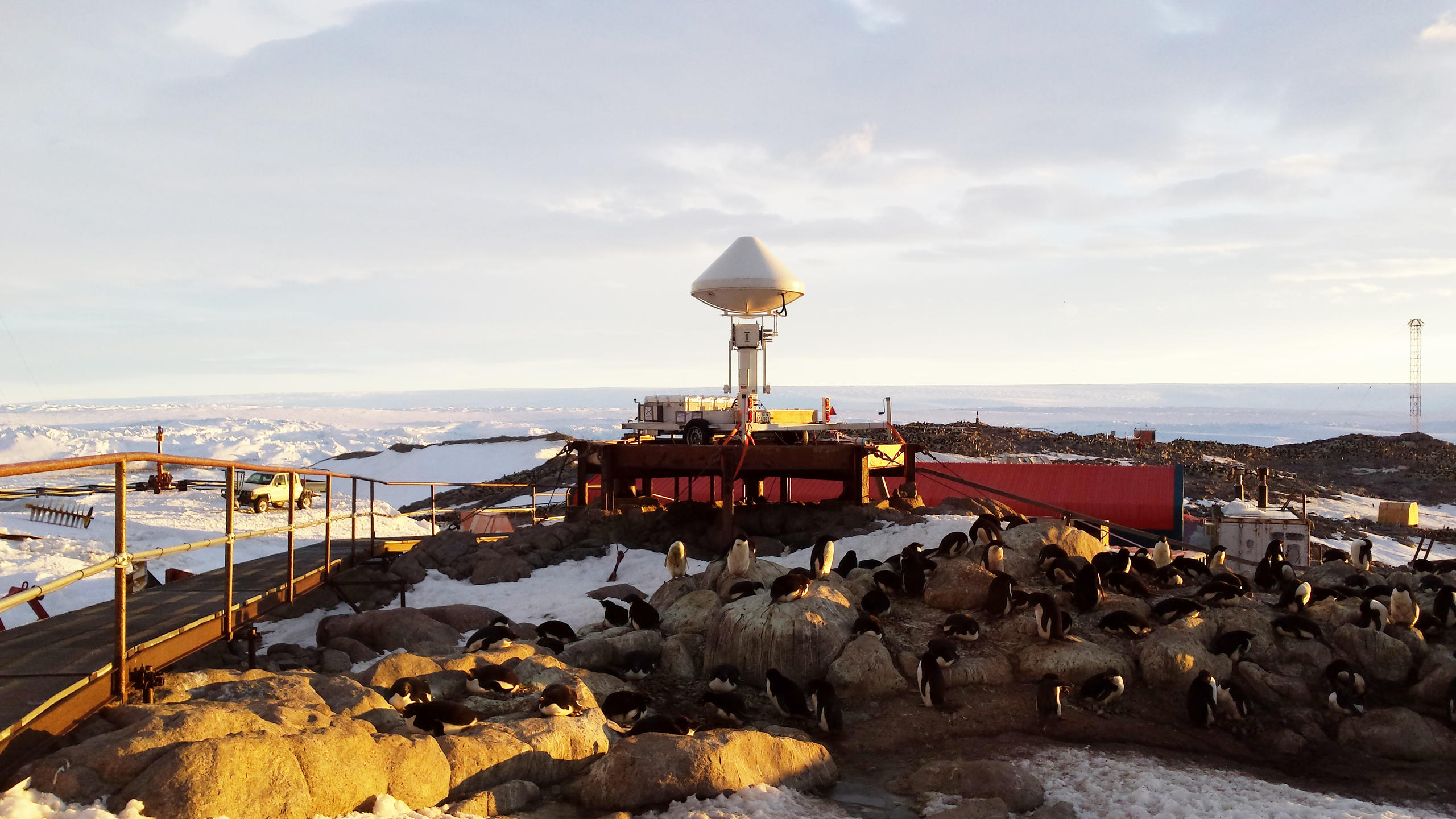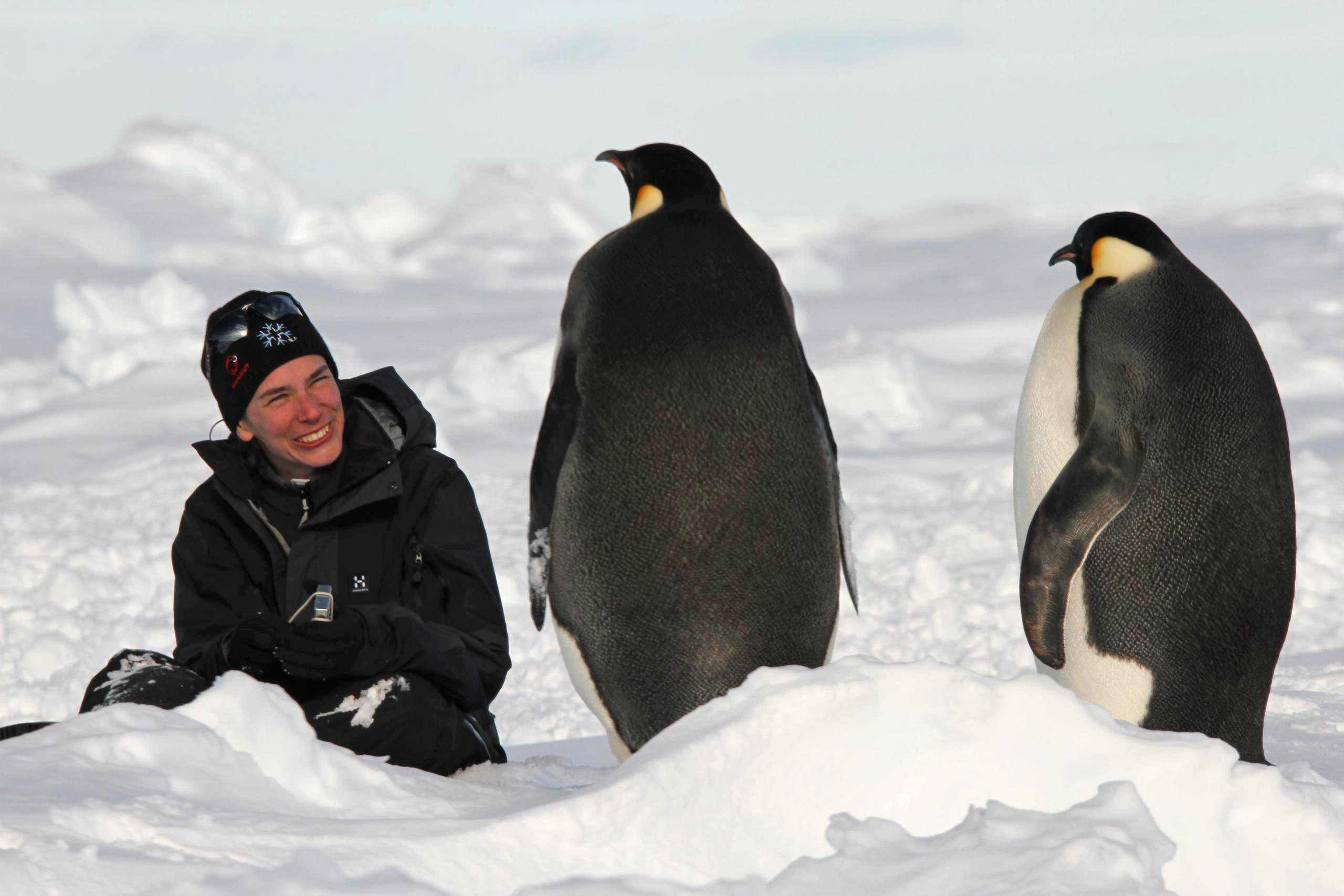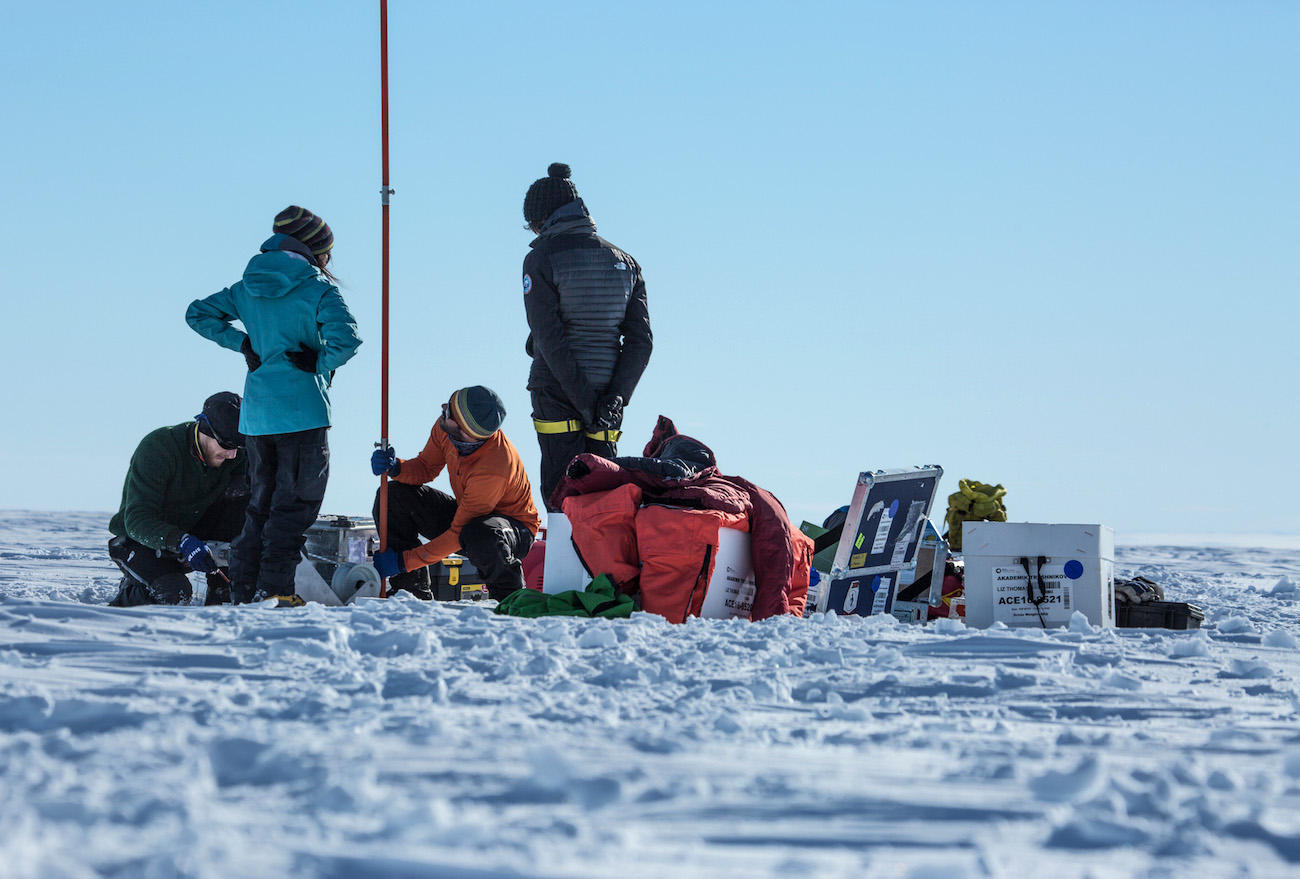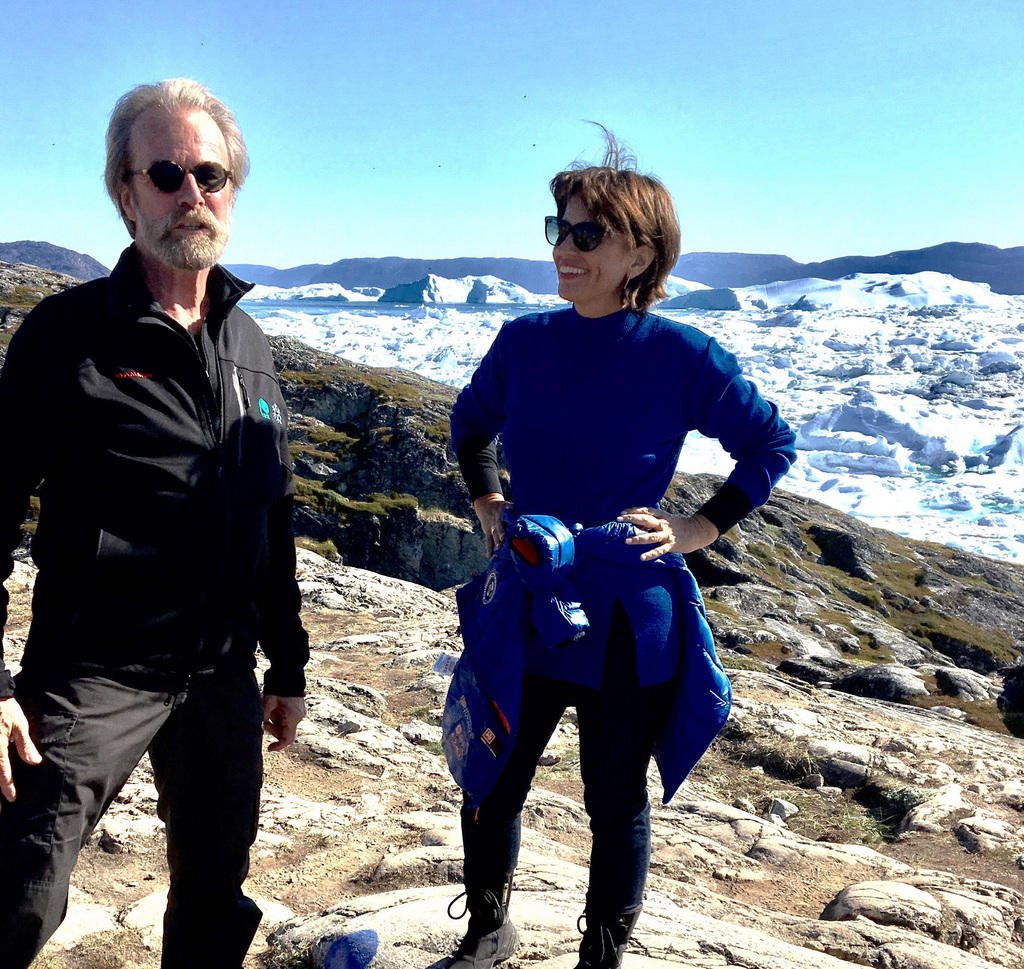Swiss scientists discover reduced snowfall on Antarctic coast

New data from Antarctica reveal that dry winds are causing snow to turn into water vapour before it accumulates on the ground – which could affect the mass of the continent’s ice sheet.
This conversion of precipitation directly from its solid state to a vapour is called sublimation.
Now, an international team of scientists, including from the Swiss Federal Institute of Technology Lausanne (EPFL), have shown that dry, katabaticExternal link winds blowing from Antarctica’s inland plateaus are reducing coastal precipitation – a key factor in the formation of the ice sheetExternal link – by causing falling snow to sublimate.
The team used data collected between 2015 and 2016 at the Dumont d’Urville French research station in the Adélie Land region of Antarctica, combined with atmospheric simulations. These studies allowed the researchers to estimate that across the entire continent, precipitation near the ground (mainly in the form of snow) was 17% lower than it was higher up in the atmosphere – and could be as much as 35% lower in East Antarctica. The results have been published the Proceedings of the National Academy of Sciences.
“Until now, the extent of this important process, which is largely undetectable by satellite, was not fully appreciated,” said Alexis Berne, the study’s corresponding author and head of EPFL’s Environmental Remote Sensing Laboratory (LTE).
Links to climate change and sea level
Previously, researchers had predicted that climate change would lead to increased precipitation in Antarctica but this new discovery could turn those forecasts on their heads.
Accurately predicting Antarctic precipitation trends is very important for monitoring the mass balance of the continent’s ice sheet – i.e., the balance between the addition of ice and snow versus its loss via melting. Data on the mass of the sheet, which is the Earth’s largest single mass of ice, helps scientists predict how global sea levels are likely to rise or fall over time.
“We’d like to keep collecting data on coastal areas and look more closely at areas where the terrain is more complex. We also plan to use different types of atmospheric models for comparison purposes. Broadly speaking, we hope our work will help increase our understanding of how climate change will affect precipitation in Antarctica,” Berne explains.

In compliance with the JTI standards
More: SWI swissinfo.ch certified by the Journalism Trust Initiative



You can find an overview of ongoing debates with our journalists here. Please join us!
If you want to start a conversation about a topic raised in this article or want to report factual errors, email us at english@swissinfo.ch.